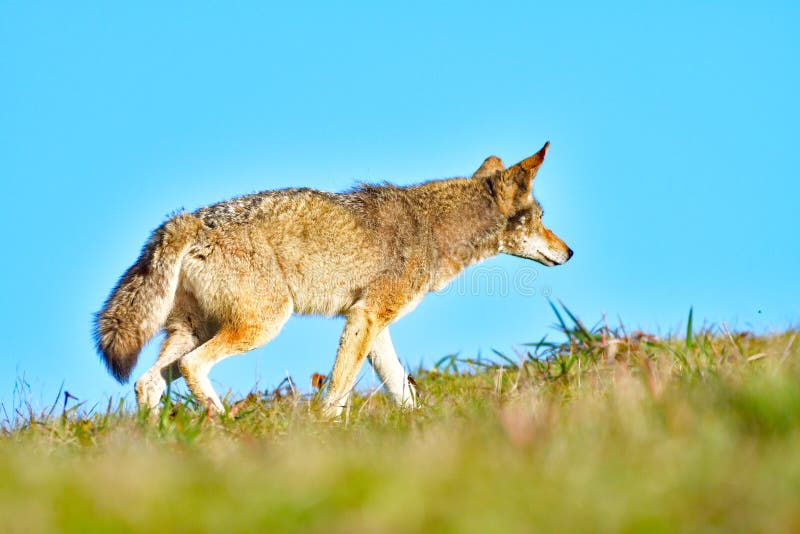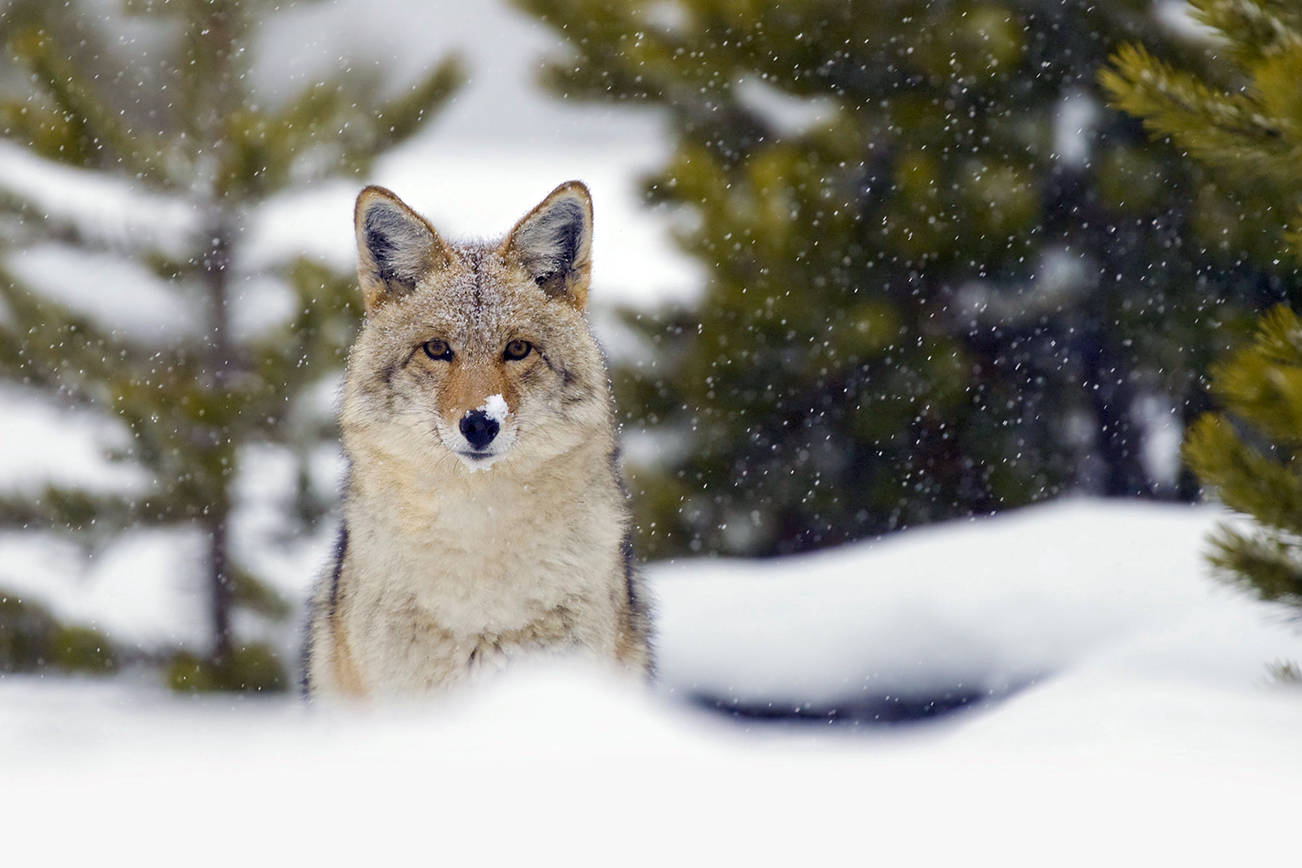
Less clear is whether wolves would have the same effect outside of national parks. Grand Teton National Park reported a 33 percent reduction in coyotes. Recent studies have found that the coyote population in Yellowstone National Park has dropped 39 percent since wolves were reintroduced in 1995. This is also true for black bears, although grizzly bears usually prevail over wolves in a fight over a carcass. Reports from Yellowstone National Park and elsewhere suggest that cougars may avoid areas used by wolves or focus on different prey to avoid encounters with packs. Cougars are stalking predators, ambushing prey as solitary hunters. Wolves are coursing predators, running prey down, usually in packs. Most of their interactions take place at kill sites, where wolves usually have the advantage because of their pack behavior.Ĭougars and wolves rely on the same main food sources, but have different hunting techniques. Throughout North America, wolves have shared habitat with cougars, bears, coyotes, and other carnivores for centuries, often competing for the same prey. The state’s wolf conservation and management plan provides WDFW with several options to protect at-risk ungulate populations from predation by wolves. See the 2015-2017 ungulate assessment for more information. Some western states have found that high concentrations of wolves can hasten the decline of some herds, especially those impacted by other factors such as harsh weather, poor habitat, high hunter harvest, and other predators such as cougars and bears.Īs Washington’s wolf population continues to grow, WDFW has expanded monitoring efforts to help understand the effect of wolf predation on state herds.


This video explains the science behind the study.

WDFW is also partnering with University of Washington grad students on the Washington Predator-Prey Project, a 5-year effort to investigate the effects of wolves and their competitors on ungulate populations in managed landscapes. WDFW monitors the status and trend of ungulate populations in Washington and provides regular updates. State wildlife managers have found no evidence that wolves’ current predation levels have had a discernible effect on Washington’s elk, deer, or moose populations, most of which are growing or stable. Packs are highly territorial, with an average home range of 140 to 400 miles. They chase their prey across relatively open landscapes. Wolves usually hunt in packs averaging about five individuals, but up to 15 have been observed in Washington. In ungulate herds that have not been exposed to wolves for a time, this can increase the proportion of healthy animals of prime age, leading to higher pregnancy and birth rates. While they may affect abundance in some species, wolves can also play an important role in the environment. In these and other ways, wolves can influence the dynamics of wildlife species across an entire ecosystem, altering predator-prey relationships and even the natural landscape. Studies in other areas have shown that the presence of wolves can reduce coyote populations. They may also compete with other top carnivores such as cougars, bears, and coyotes. Wolves primarily prey on elk, deer, moose, and other ungulates, although they also feed on smaller species such as beaver, mice, squirrels, rabbits, muskrats, marmots, grouse, and even songbirds. Like bears and cougars, they have few competitors and play a prominent role in any ecosystem they inhabit.

Gray wolves are an apex species that occupy a top niche in the natural food chain. Monofilament recovery and recycling program.


 0 kommentar(er)
0 kommentar(er)
